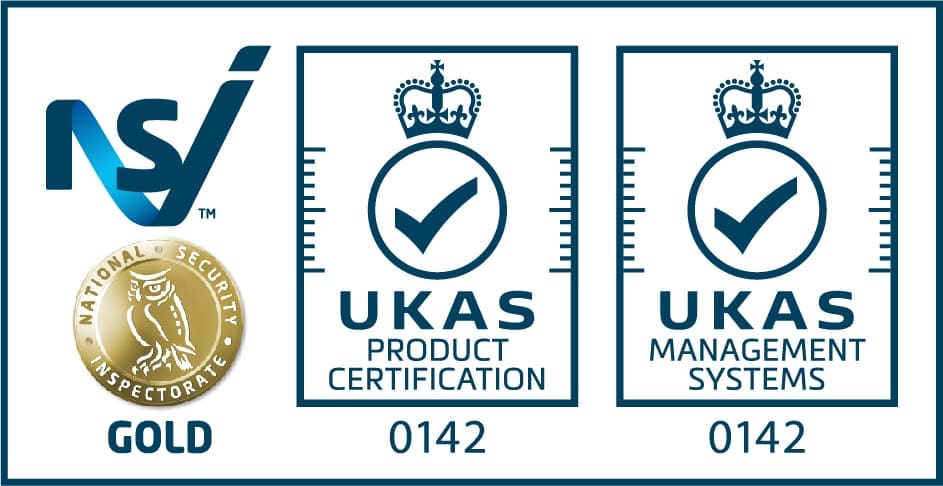In an ever-evolving world, ensuring the safety of individuals and property is of paramount importance. Security and fire services play a crucial role in safeguarding communities, businesses, and public spaces. This comprehensive approach aims to address the multifaceted challenges faced by security and fire services, emphasising innovation, collaboration, and preparedness.
I. Integrated Security Solutions
-
Smart Surveillance Systems: Implementing advanced surveillance technologies, including AI-powered cameras and facial recognition, to enhance monitoring capabilities and early threat detection.
-
Access Control Systems: Employing state-of-the-art access control systems to regulate entry and exit points, ensuring only authorised personnel have access to secured areas.
-
Intrusion Detection Systems: Utilising cutting-edge sensors and alarms for real-time detection of unauthorised access or suspicious activities.
II. Fire Prevention and Response
-
Fire Risk Assessment: Conducting thorough risk assessments to identify potential fire hazards and implementing preventive measures to mitigate the risks.
-
Advanced Fire Detection Systems: Integrating intelligent fire detection systems with early warning capabilities to minimise response time and reduce the impact of fires.
-
Fire Suppression Technologies: Deploying advanced fire suppression systems, such as automated sprinklers and fire-retardant materials, to contain and extinguish fires promptly.
III. Training and Education
-
Emergency Response Training: Providing comprehensive training programs for security and fire service personnel to ensure swift and effective responses to emergencies.
-
Community Awareness Campaigns: Engaging with the community through educational campaigns to raise awareness about fire safety practices and security measures.
IV. Interagency Collaboration
-
Coordination with Law Enforcement: Establishing effective communication and collaboration channels with local law enforcement agencies to enhance overall public safety.
-
Mutual Aid Agreements: Forming mutual aid agreements with neighboring jurisdictions to facilitate the sharing of resources and expertise during large-scale emergencies.
V. Technological Integration
-
Data Analytics for Predictive Analysis: Utilising data analytics to predict potential security threats and fire risks, allowing for proactive measures and resource allocation.
-
Remote Monitoring and Control: Implementing remote monitoring and control systems that enable real-time surveillance and management of security and fire services infrastructure.
By adopting this comprehensive approach, security and fire services can create a safer and more resilient environment. Through the integration of advanced technologies, collaboration with other agencies, and a commitment to ongoing education, these services can adapt to the dynamic nature of safety challenges and better protect the communities they serve.

